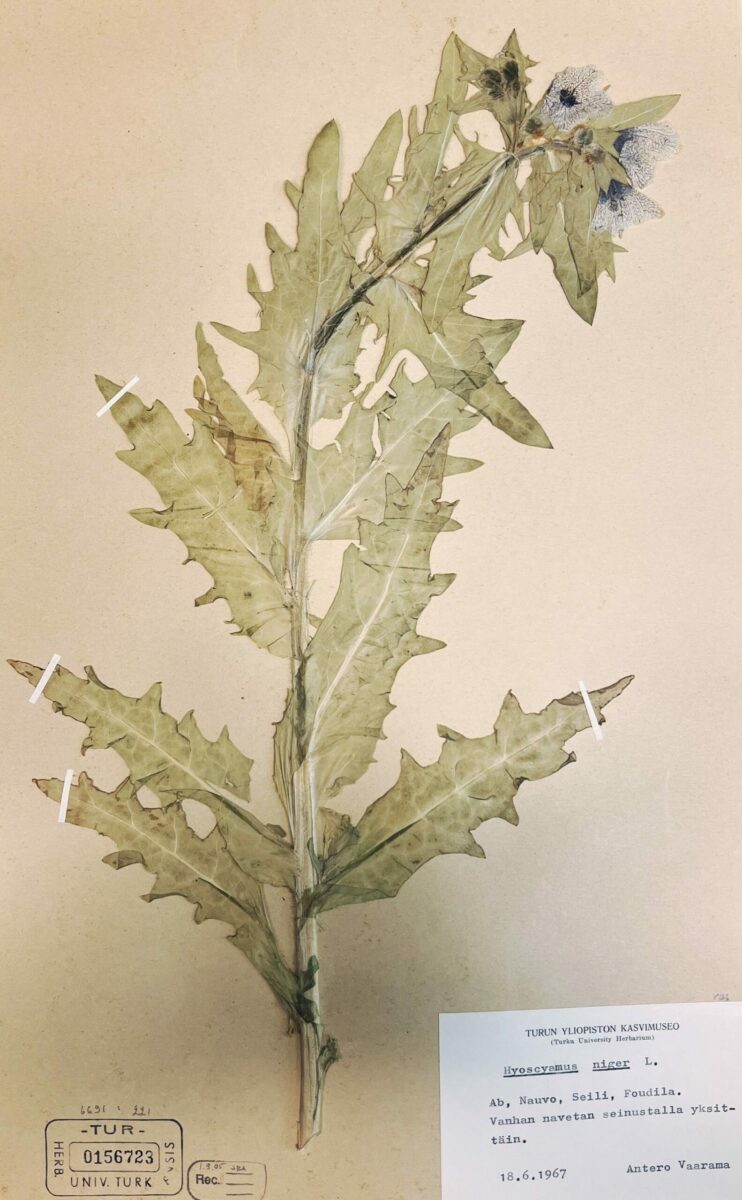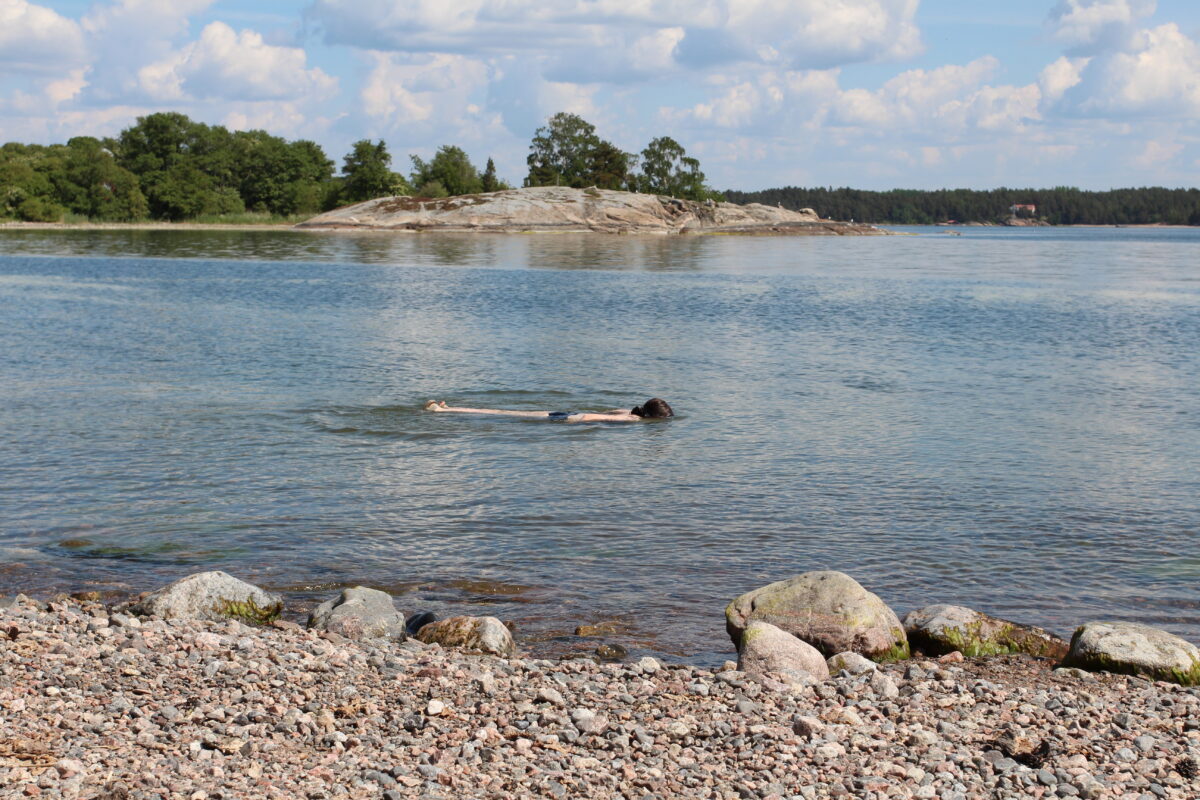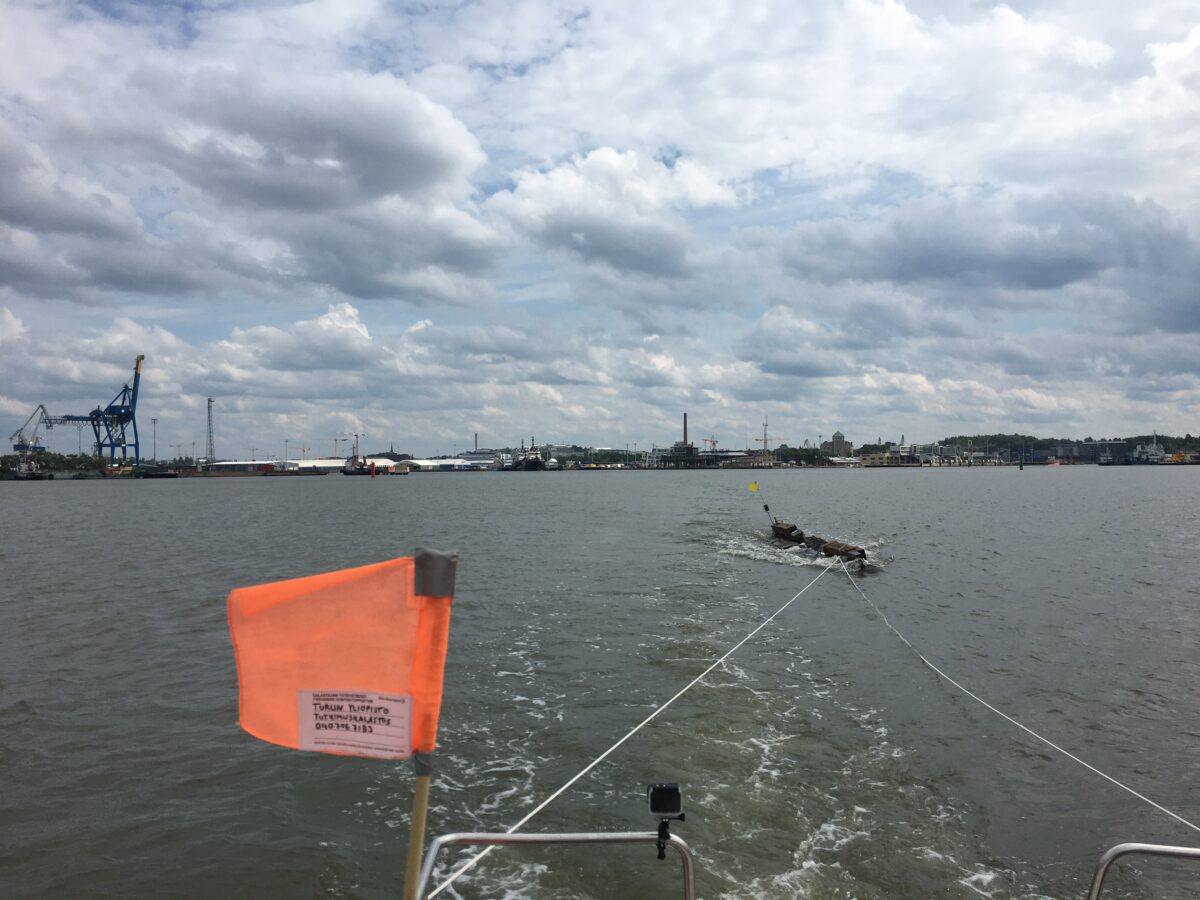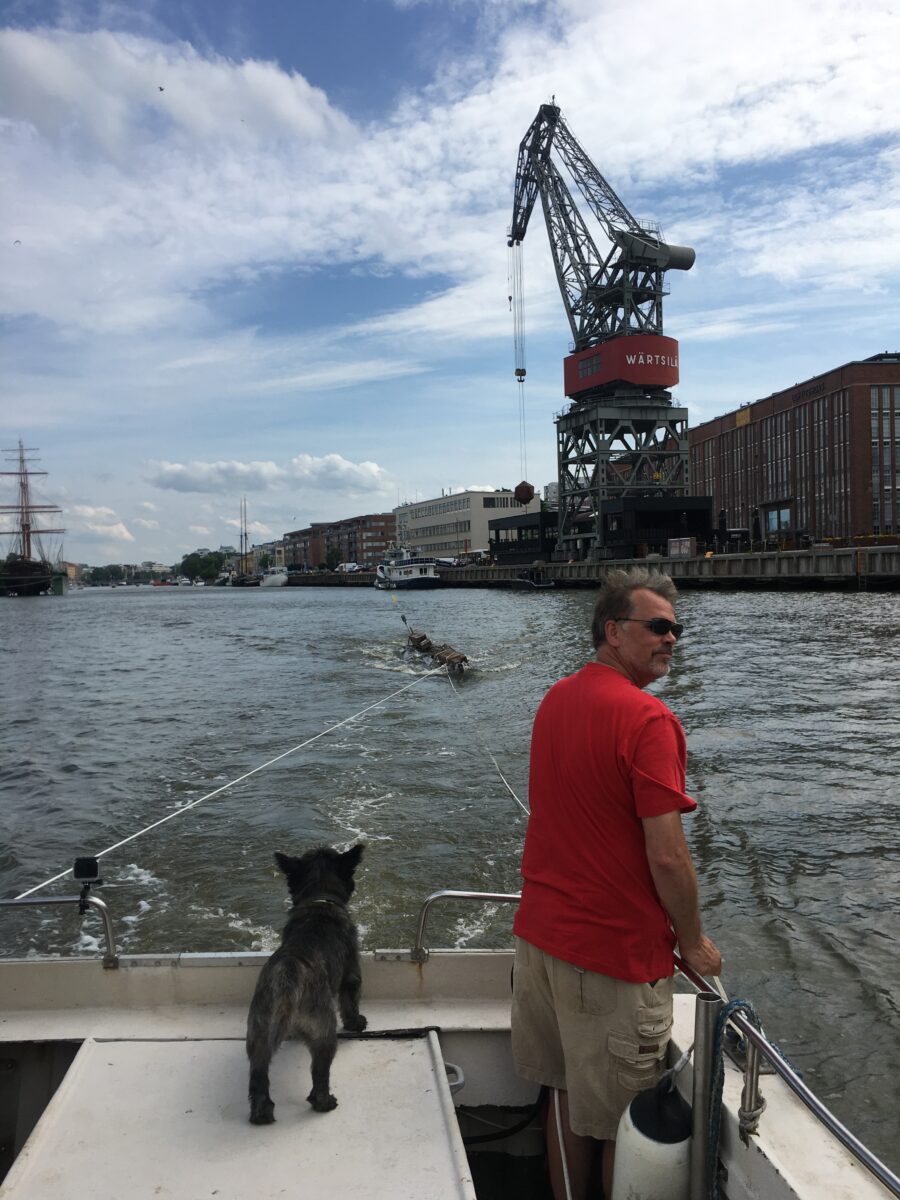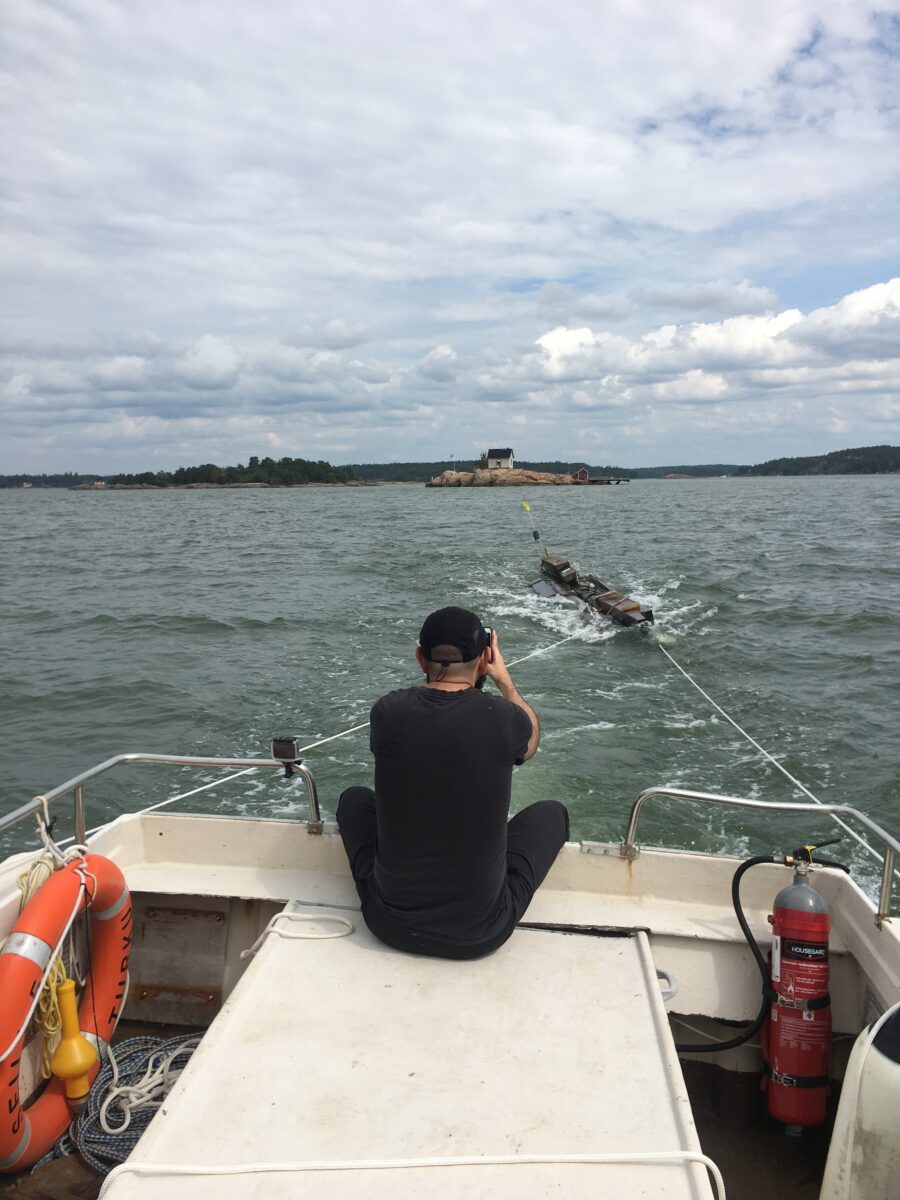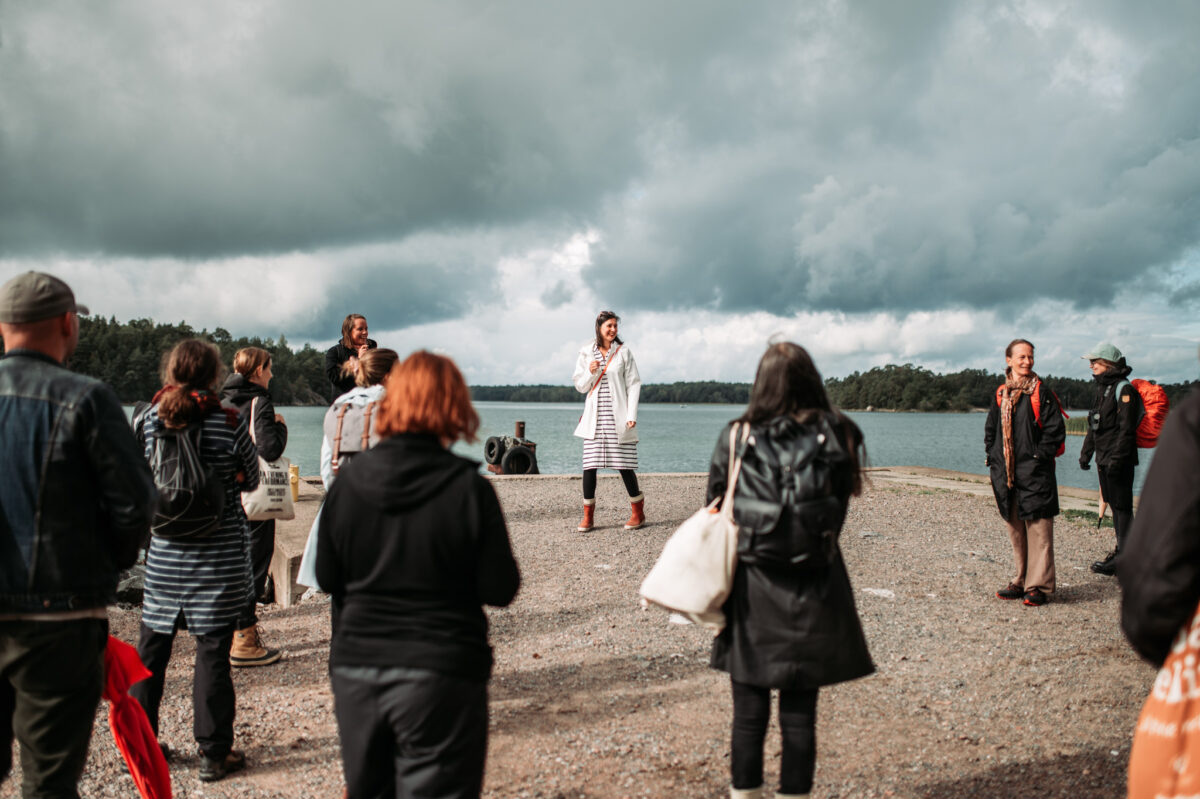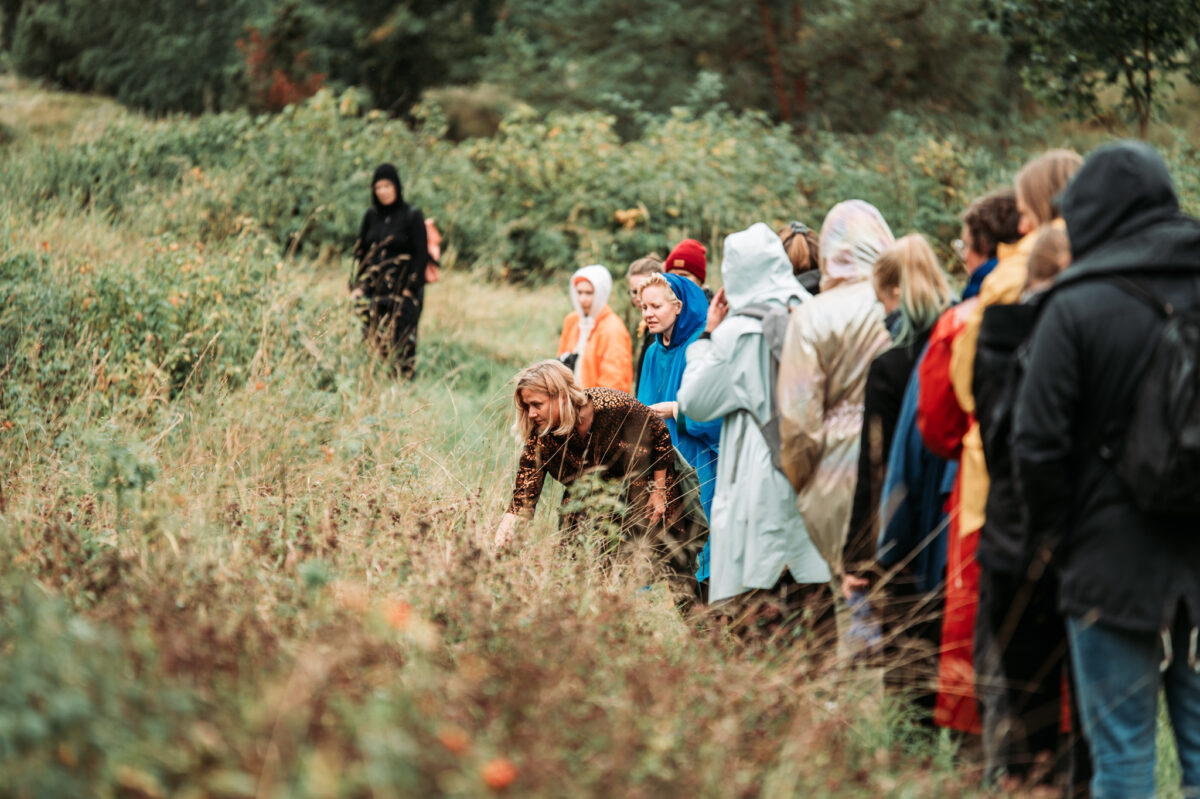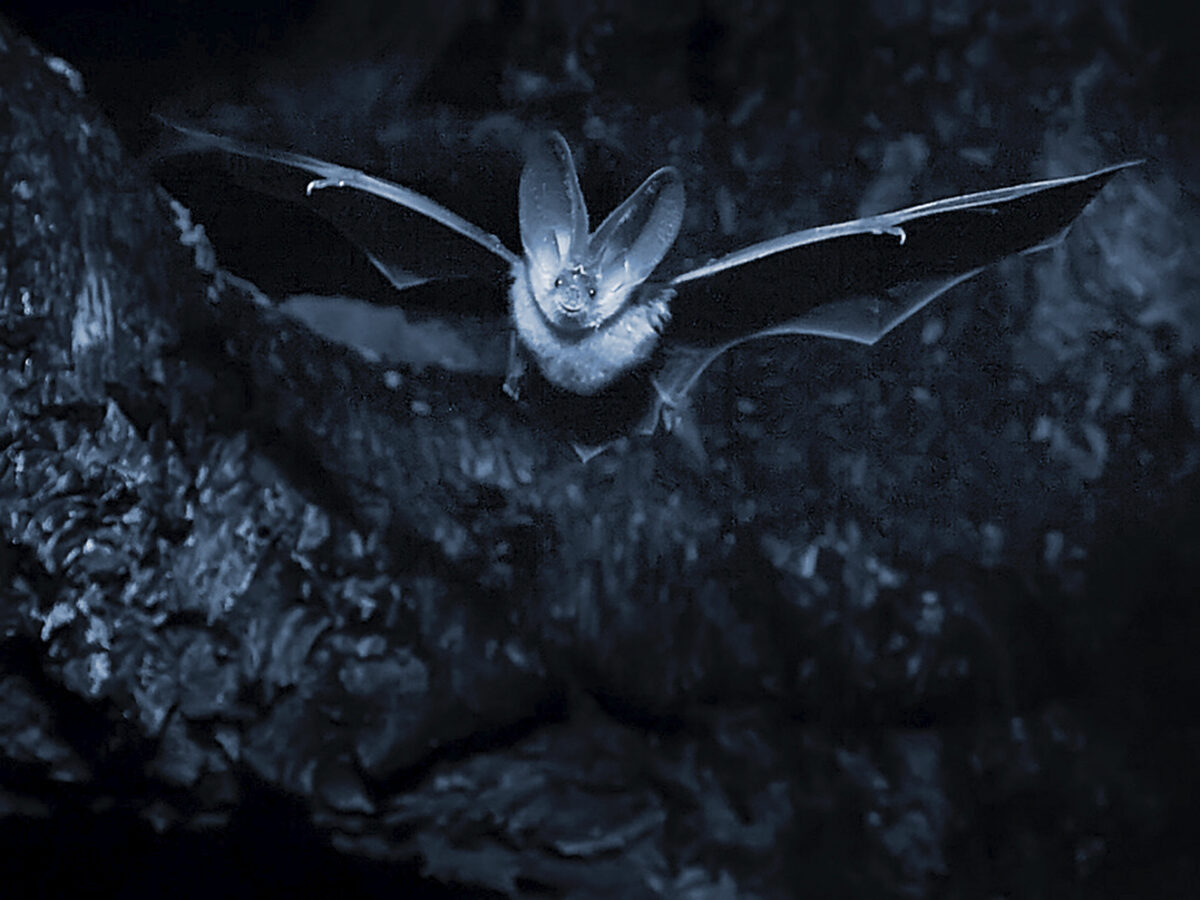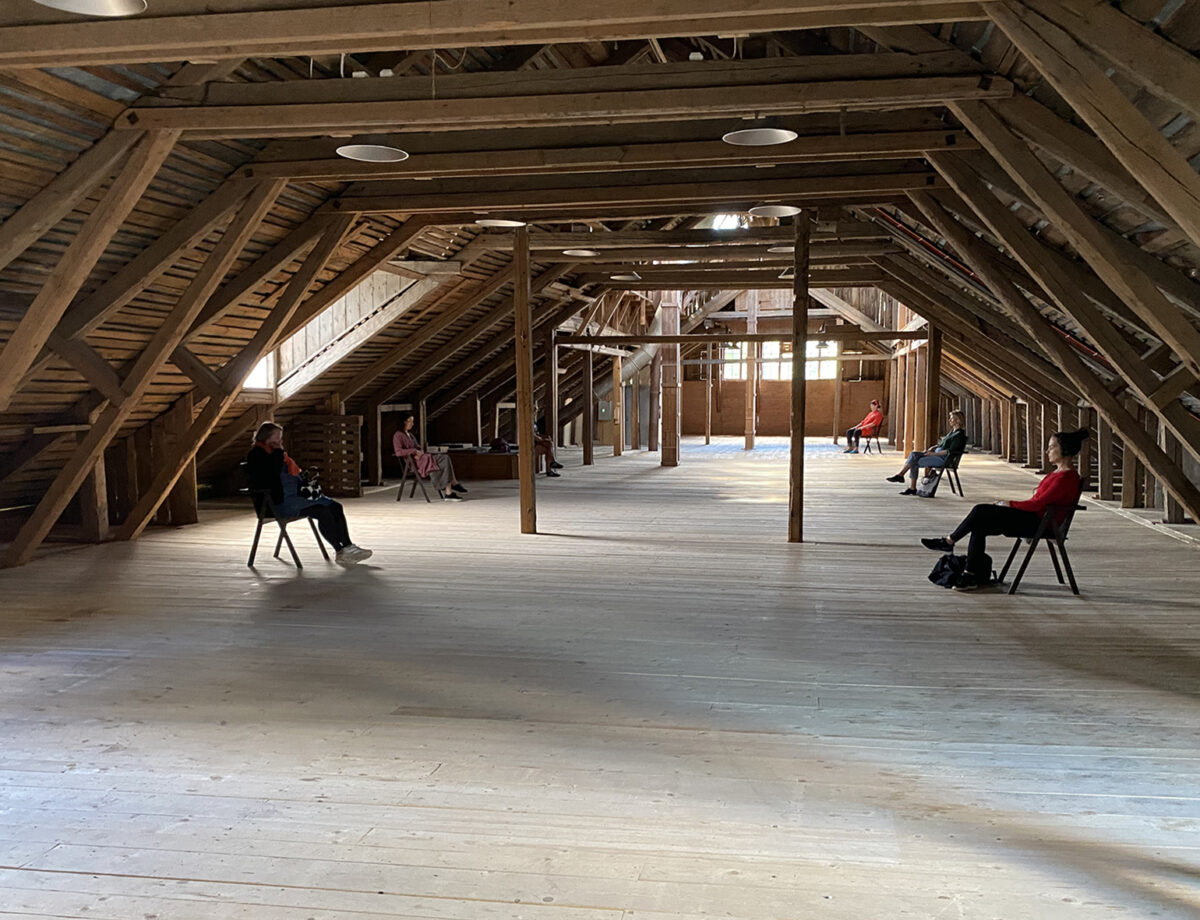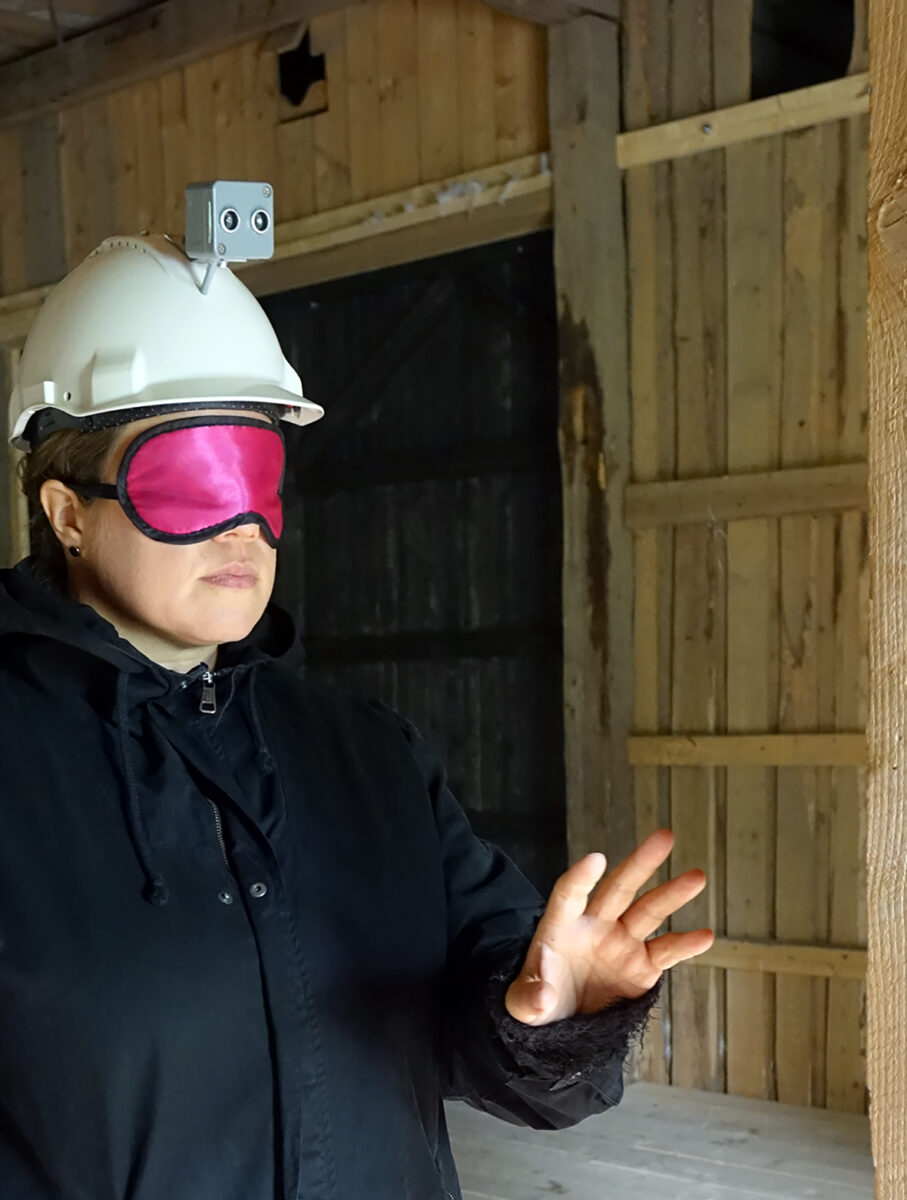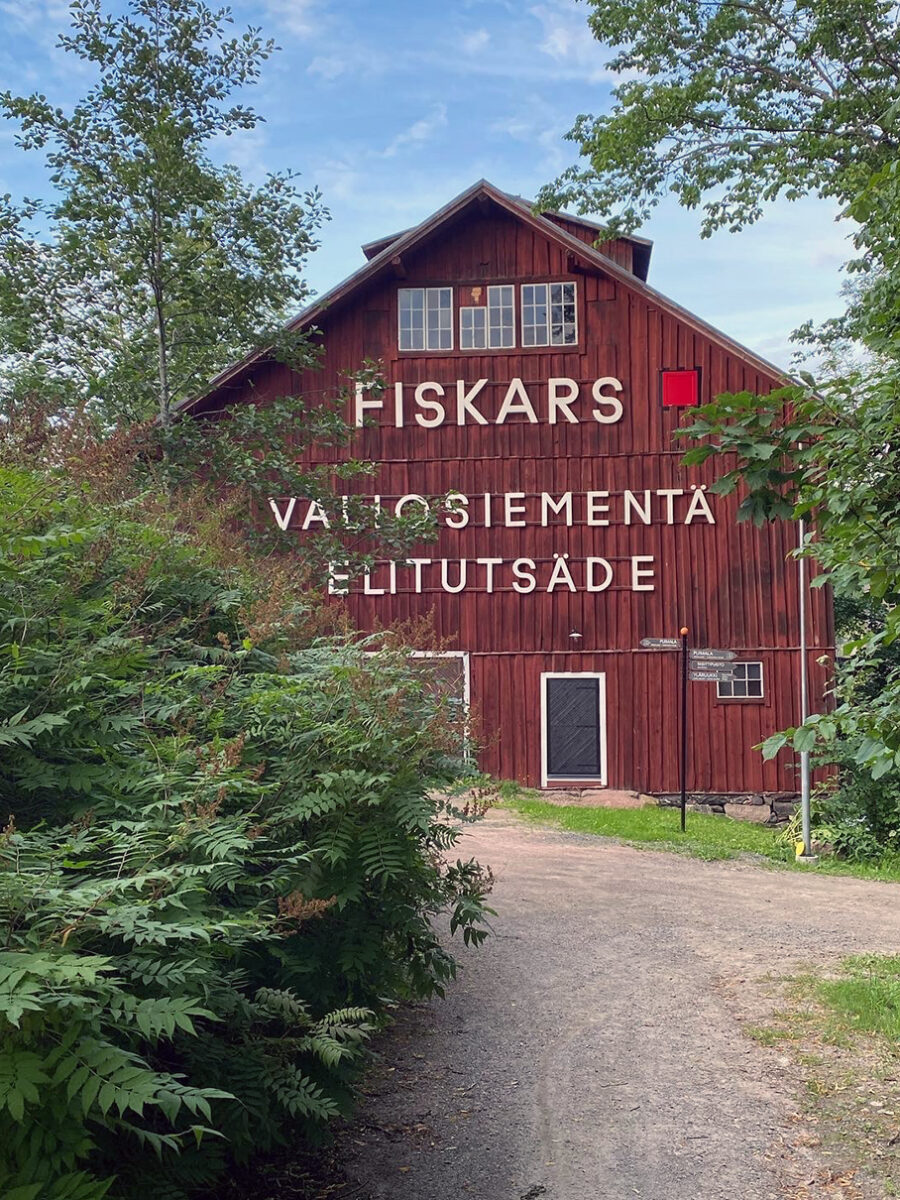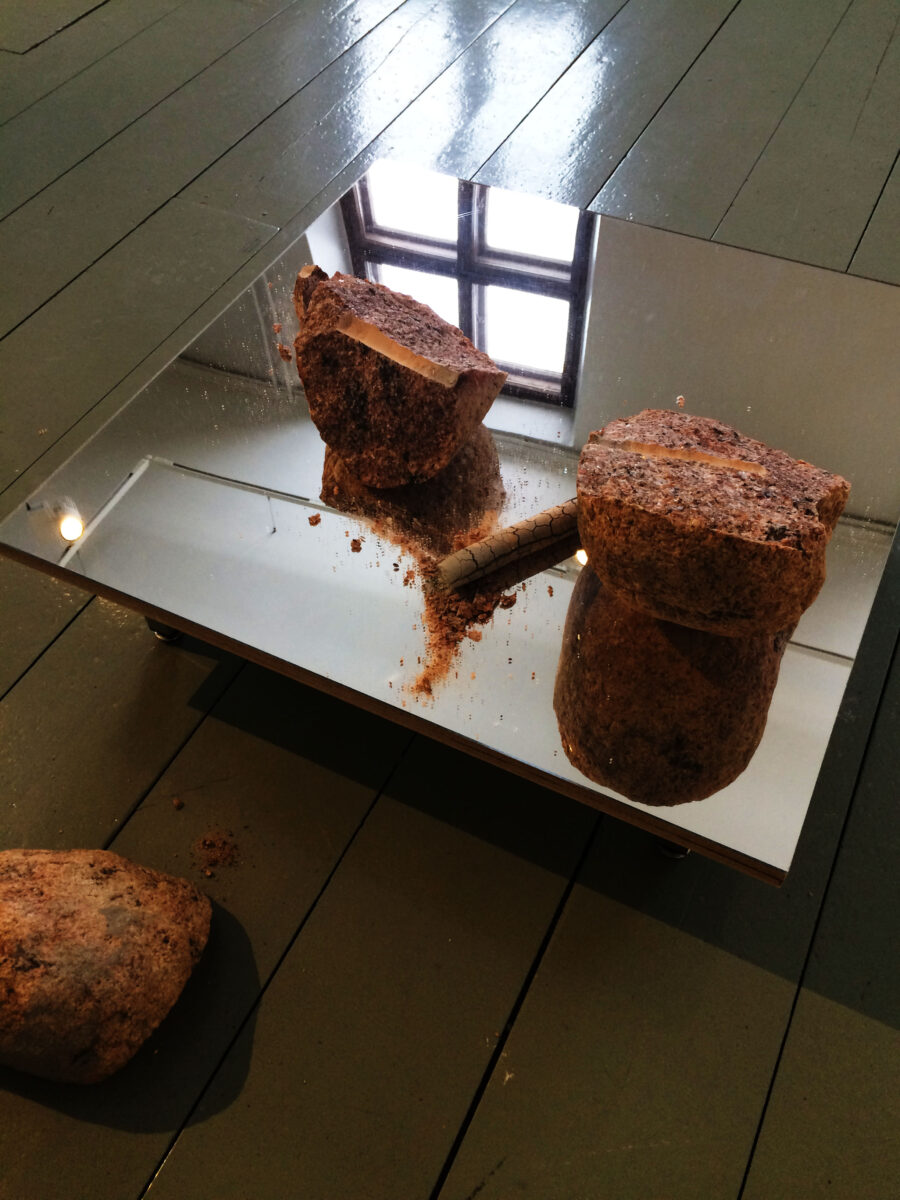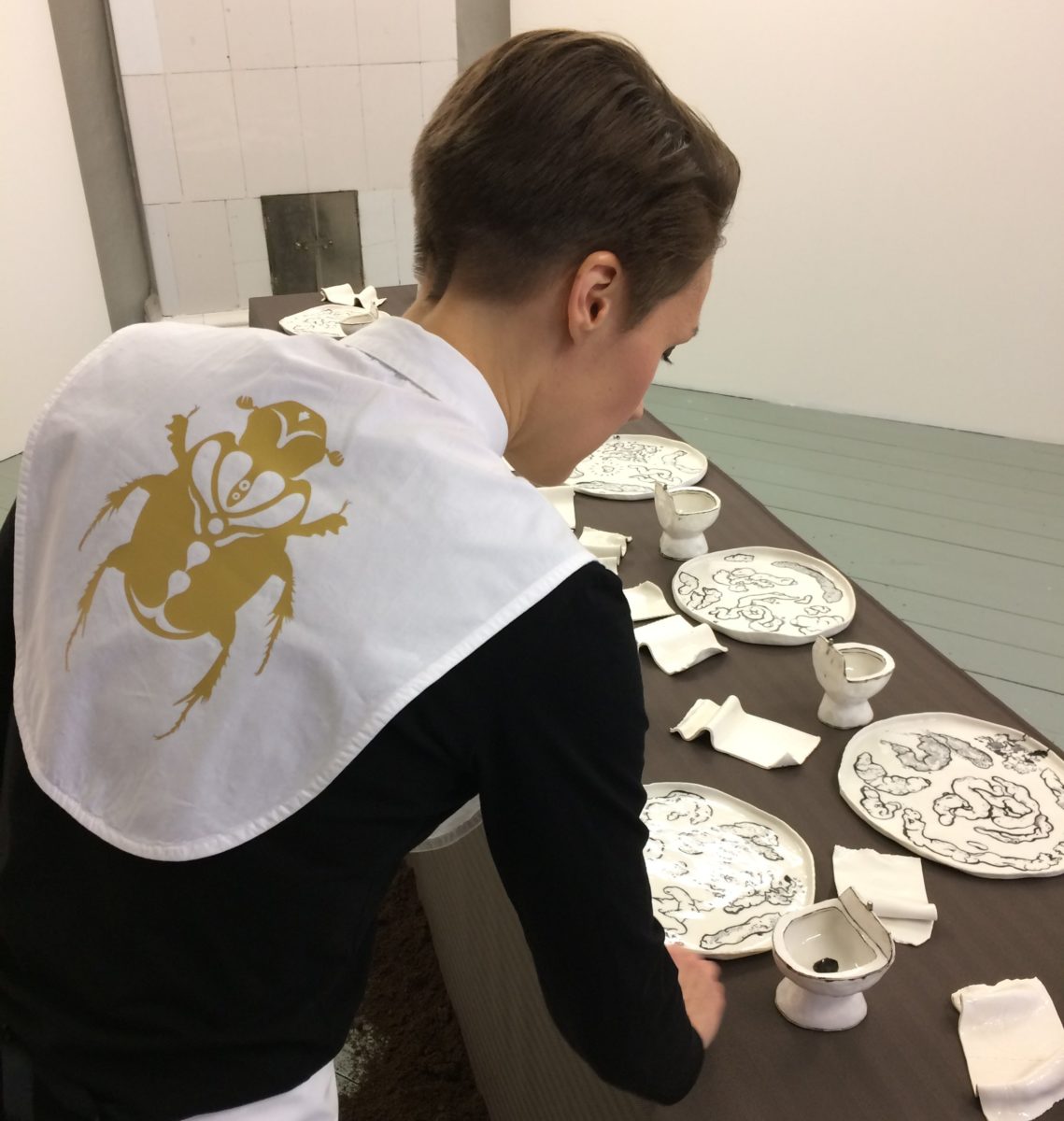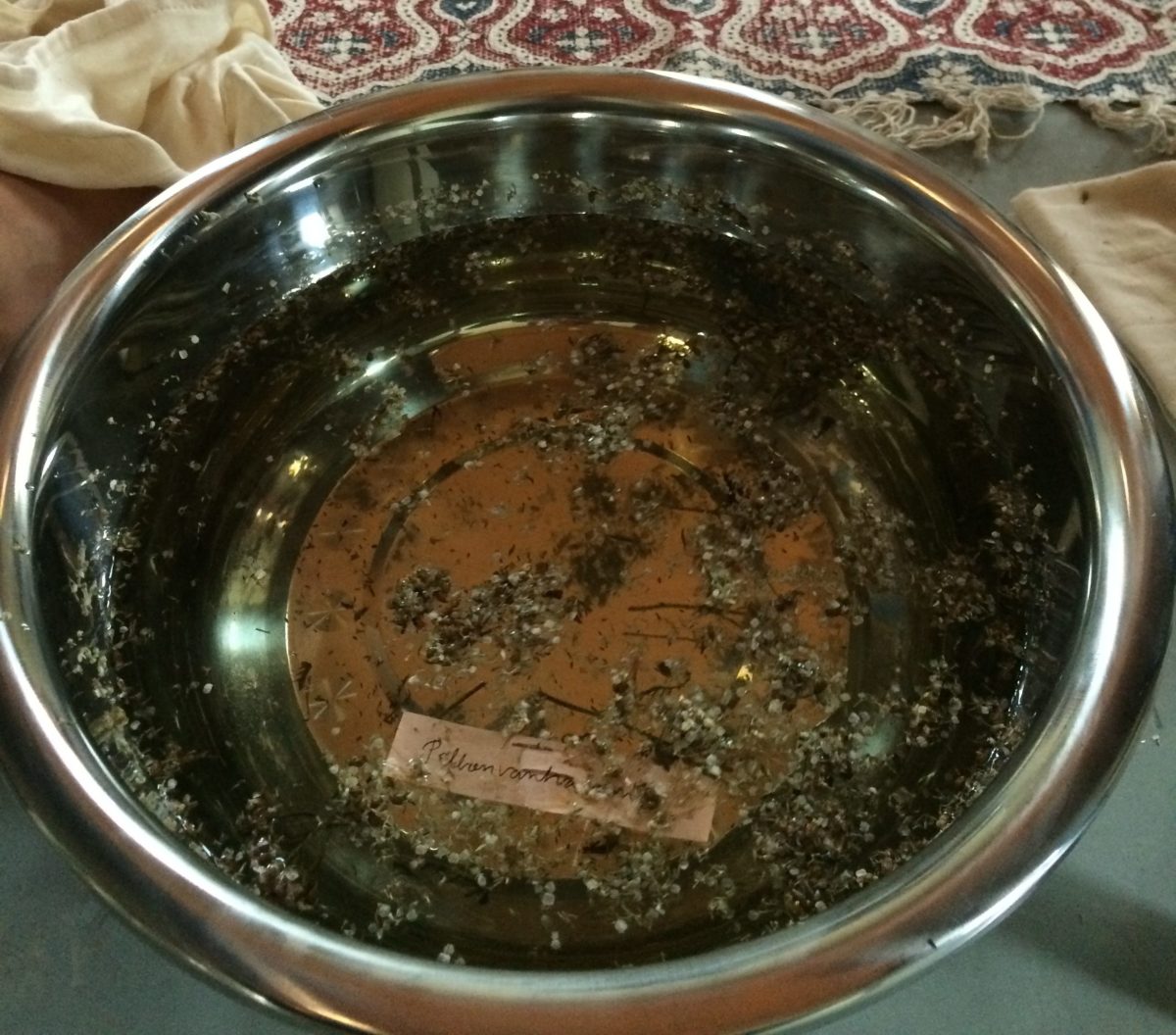How do you know what you know? Exercises in Attentiveness
13.8.2022 at 12.30-15.30
Seili
On Saturday 13th August, a programme of performances, walks, sittings and other exercises will introduce new site-specific works commissioned by CAA for the island of Seili in collaboration with the Archipelago Research Institute.
For the past four years, CAA has been nurturing the sharing of methods, protocols and rituals – some inherited or borrowed, others invented or emergent – between artists visiting the island of Seili and scientists with decades-long embedded practice in Turku Archipelago. We now invite the audience to take part in this ongoing experimentation with exercises in attentiveness.
How do you know what you know? How to pay gratitude to all that makes our thought and labour possible? How to attend to that, which has been left unnamed and unnoted? How to withhold from the urge to name?
There is no pre-booking required for the programme on Saturday 13th August. Registration takes place on arrival to Seili. Travel to be organised independently by participants. More information on the ferry timetables
Information about the event in Finnish here.
Other related events:
NPT x CAA: How do you know what you know? Exercises in Attentiveness
On Friday 12th August a day-trip with the full event programme is organised collaboratively by CAA Contemporary Art Archipelago and New Performance Turku. More information about registration (incl. discounted ferry ticket) here.
On Saturday 3rd September, the programme continues in Turku with premieres of other commissioned works in a series of performances, screenings and discussions.
How do you know what you know? Exercises in Attentiveness events and the presented art works are produced as part of CAA’s project Spectres in Change and have been supported by Kone Foundation, the Swedish Cultural Foundation in Finland and Oskar Öflund Foundation.
Programme 13.8.
Performances & Exercises: (limited places)*
12.30-13.15 Själö Poiesis: Lament to Pine Trees
13.00-13.45 Själö Poiesis: Botanical Session with Henbane (in Finnish)
13.00-13.45 Otolith Reading
13.30-14.15 Själö Poiesis: Lament to Pine Trees
Concert in Seili church:
14.30-15.30 The New Pangaea by Band of Weeds
Art works & Independent activities on the island:
Post Glacial Rebound (sound walk)
Fields of May (installation)
The New Pangaea (walk)
Själö Poiesis: Apothecary (installation)
* No pre-booking for performances and guided activities with limited capacity. Register in Seili on arrival at the event information desk in the main building.
Art Works & Exercises
Band of Weeds
The New Pangaea
An interspecies cantata performed in the museum church of Seili. The cantata reflects the complex entanglement of human and plant life on the island. It introduces twenty plants, which represent diverse modes of migration to and disappearance from the island. The cantata has been composed of field recordings of plants translated into sounds audible by the human ear.
FoAM Earth
Post Glacial Rebound
A soundwalk to encourage intimate connections with the island. Subtle resonances and disturbances, ecological transformations hovering on the edge of perception. The many sounds of flight. The signalling of plants and plankton. Listening as the biological time of generations intersects with the slow time of tectonic forces.
Matterlurgy with Katja Mäkinen
Otolith Reading
A conversation and practical demonstration about how scientists read climate data from the non-human world. Matterlurgy in collaboration with scientist Katja Mäkinen will share methods across art and science for listening with and reading information in the ear bone (otolith) of the Baltic Herring – a fish whose changing physiology has been linked to climate change and the shifting conditions of the Baltic Sea.
Fraud
Fields of May
An infrastructure converging practices and historical-material specificity which create the conditions of possibility to conjure worlds attuned to non-extractive rhythms. The salvaged masts, which compose the seating area, bear witness to colonialism and timber trade as much as to the changing nature of Finnish forests. Together with the herring windsock, they act as a structure to chair multidisciplinary events to discuss the potentiality of more-than-human legal ecologies.
Lotta Petronella
with Jasmin Inkinen, Lau Nau, Anna Karhu-Cormier, Cecilia Westerberg, Seppo Parkkinen
Själö Poeisis
Lament to Pine Trees is a polyphonic, collective gesture towards the girdled pine trees in the south forest of Seili performed by a small choir. A scent altar guides us back to the island. The Apothecary is an installation of medicine, environmental essences, scent archives and plant colours. Botanical Session with Henbane is a reading and observations with henbane on the grounds of the old hospital.

